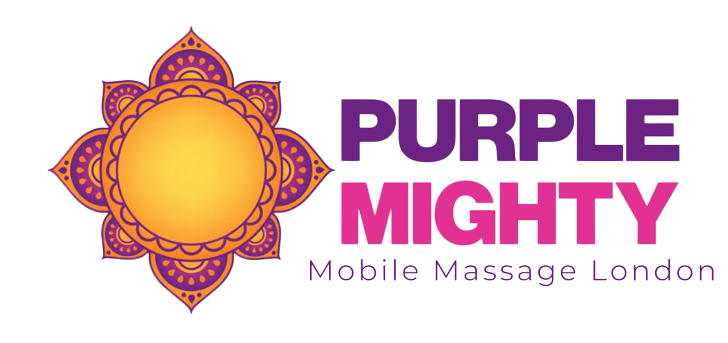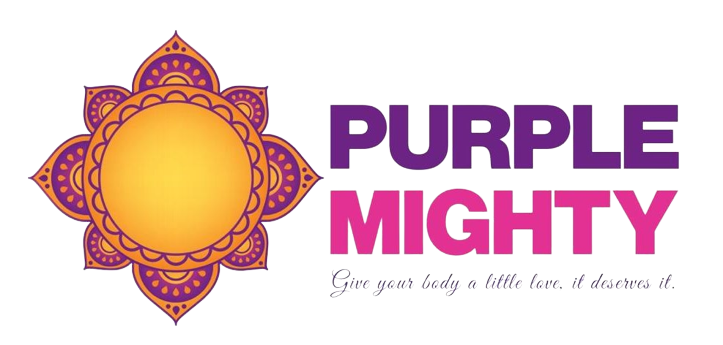Is Massage Good for Lower Back Pain? Everything You Need to Know
Massage has been burgeoning as a profound healer for several chronic pain conditions. But is massage good for lower back pain?
Let’s find out all about it in this article. So delve in.
What Causes Lower Back Pain?
Stress is a vital factor that contributes to lower back pain. Chronic stress can impair the body’s “fight or flight” response, potentially weakening its ability to produce necessary enzymes. This impairment can negatively impact the efficient functioning of organs and systems, which may contribute to the exacerbation of lower back pain.
What are the Negative Impacts of Lower Back Pain?
Lower back pain can tamper with the physiological and psychological stature of individuals.
The pain in the lower back can feeble the posture and restrict mobility. It can restrain one from engaging in personal or social activities.
It may interfere with the sleeping pattern and cause mental fatigue and tension headaches.
Lower back pain is a common issue seen in individuals working in corporate sectors. This chronic pain condition can hinder the workflow and increase absenteeism which in the long run may result in income loss or potential career setbacks.
Individuals suffering from lower back pain may lose their autonomy and often rely on others for assistance with their daily tasks. This inability can emotionally drain them and sometimes lead to mental vulnerabilities like frustration, anxiety, or depression.
Treating lower back pain conditions is essential for maintaining quality of life physically and mentally.
Is Massage Good for Lower Back Pain?
Massage is a favorable option for treating lower back pain. It offers non-invasive benefits in addressing the underlying cause of lower back pain, which in most cases is chronic stress.
Stress can stiffen the muscles in the lower back and increase the reception of pain, disabling the muscle memory to alleviate pain. Over time, it can impact mobility, and posture, and increase muscle tension. Hence targeted massage techniques can relax tight muscles, reduce tension, improve posture, and promote a great range of motion.
Sensitized nervous system, improper blood flow, insufficient oxygen and nutrient delivery, digestive disorders, and inflammation are some factors that influence lower back pain. Employment of massage procedures provides relief from such issues and ultimately alleviates lower back pain.
What are the Best Massage Types to Address Lower Back Pain?
Almost all massage modalities are suitable for treating lower back pain. However, few contain specialized massage techniques that make them effective in alleviating lower back pain:
Swedish Massage:
The therapeutic goal of Swedish massage makes it an ideal treatment for lower back pain. It is known for its overall relaxation-inducing properties. By reducing stress and promoting a sense of well-being, it indirectly contributes to lower back pain relief. Stress reduction can help minimize muscle tension, which is often associated with lower back discomfort.
It also involves comprehensive techniques that deal with all vulnerabilities leading to lower back pain.
Deep Tissue Massage:
The tailored techniques used in deep tissue massage are effective in targeting the muscles and soft tissue in the lumbar region to alleviate chronic lower back pain. By applying targeted pressure and friction, deep tissue massage works to break down muscle adhesions and promote better flexibility and posture. It also improves blood circulation which helps in delivering oxygen and nutrients to the affected tissues, supporting the healing process.
Thai Massage:
It is beneficial for managing lower back pain conditions. It involves proactive massage techniques such as stretching, acupressure, and compression to target the knotted areas in muscles, soft tissues and joints. This holistic massage not only aims to relieve tension and enhance mobility but also deals with releasing energy blockage to promote overall well-being.
Trigger Point Therapy:
It is often part of a broader treatment plan for addressing lower back pain. It integrates sustained pressure to target certain points in the muscles. This pressure helps to release the tension and knots within the muscle fibers, allowing them to relax and return to their normal resting state.
Shiatsu Massage:
It involves applying pressure to specific points on the body to stimulate energy flow and accelerate the healing process. It can help relieve lower back pain by targeting areas of tension and promoting relaxation.
How Often Should You Get a Massage for Lower Back Pain?
The frequency of massage therapy for lower back pain can vary from one to another depending on their reception of pain and chronic conditions.
Individuals suffering from acute lower back pain may opt for a regular massage session once or twice a week because acute pain can limit mobility and cause discomfort. Going to regular sessions can provide them with immediate relief.
Those who are suffering from chronic lower back pain conditions may make reservations for massage sessions every two weeks to once a month.
However, it is crucial to listen to your body or consult your health experts and adjust the frequency of massage sessions. Some might reap relief from just a session but others might need extra medication to treat their pain condition.
Why is it Better to Opt for a Mobile Massage Session for Lower Back pain?
Mobile massage therapy has an edge in satisfying the therapeutic goals of individuals over spa settings, especially when they are seeking it for medical purposes.
In chronic lower back pain conditions, individuals might not have the stamina to travel long hours to a spa or clinic for massage treatments. Mobile massage enables one to receive treatment in their own space and comfort, eliminating the added stress of commuting.
Being in their own space creates a more personalized and comfortable environment. This can contribute to a greater sense of relaxation during the massage and potentially enhance its effectiveness in relieving lower back pain.
With a mobile massage therapist, one can often receive more individualized attention. The therapist can focus solely on individual needs without distractions and contribute to a more targeted approach to addressing lower back pain.
After the massage, people can remain in a comfortable and familiar environment. There’s no need to rush back home or face potential discomfort associated with post-massage travel.
Recommendations when Choosing Massage Treatments for Lower Back Pain
- It is a vital factor of any massage treatment to consult healthcare experts or doctors when the massage is sought for medical reasons.
- Choose the best mobile massage providers who can cater to your therapeutic goals by sending adequate therapists.
- Communicate openly with your massage therapist about the location, intensity, and nature of your lower back pain. Provide feedback during the session so that the therapist can adjust the pressure and techniques accordingly.
- Inform your massage therapist of any changes in your health or symptoms since your last session. This allows them to adjust their approach based on your evolving condition.
- Follow any post-massage care recommendations provided by your therapist. This may enhance the effectiveness of your treatment.
Conclusion
Massage therapy offers a promising benefit for alleviating lower back pain through its multifaceted approach to addressing both physical discomfort and underlying contributing factors. From reducing muscle tension and improving flexibility to promoting relaxation and stress reduction, massage proves to be a valuable tool in the holistic management of lower back pain. Whether through Swedish massage, deep tissue techniques, or tailored approaches like trigger point therapy, individuals can experience relief, enhanced mobility, and improved overall well-being.

